An aside - as it turns out, the Walters has the second largest collection of Italian paintings from the later Middle Ages through the 18th century in the United States, second only to the Metropolitan Museum in New York. Henry Walters purchased his first significant Renaissance painting, The Madonna of the Candelabra, in 1901, but the most momentous acquisition came in 1902, when Henry acquired the Massarenti collection. The dubious reputation of the Massarenti collection was not justified, and although it did not contain the paintings by masters such as Giotto, Leonardo da Vinci, Tintoretto and Caravaggio that were advertised in an 1897 puff piece, it did contain crucial works by important Italian painters. Henry continued to acquire works until his death, and after the Walters opened as a public museum in 1934 its holdings of Italian works have been strategically expanded.
The Italian Renaissance held a particular fascination for Henry, as it did for other American millionaires of the period. Henry's association with the art agent Bernard Berenson furthered this interest, as Berenson was responsible for transmitting ideas about the Renaissance to the American collecting public. Plus, the notions of the wealthy industrialist patronizing the arts and the worldly individualism of the Renaissance were right in line with Henry's view of the world.
So, we started on October 2 in the 16th century in Italy, in a gallery "dense with delicious paintings," according to Joaneath. Again, we discussed the notion of the Renaissance patron, who by this time was interested in realistic portraits. In keeping with the humanism of the Renaissance, especially in the later years, they dispensed with the idea that only religious paintings were acceptable and commissioned portraits for their homes. These portraits were quite realistic - patrons wanted "likenesses" of face, even of clothing and jewelry. In fact, there was an emphasis on attire; how one presented oneself was an important part of the message of the painting.
This emphasis on portraiture was existing at the same time as art was moving to Mannerism, but since patrons wanted realism Mannerism doesn't show up as much in portraits. You can see a slight elongation of the face and fingers in this portrait of Maria Salviatti, but overall the likeness is very good.
Joaneath spent a lot of time talking about this picture. It has an interesting history. It came into the collection as a portrait of Vittoria Colonna (a friend of Michelangelo's) and the child was painted out. When the child was discovered in the 1930's, a debate began as to his/her identity. Apparently, it was easy to recognize the woman as Maria Salviatti, the mother of Cosimo de Medici. The child was originally identified as Cosimo, but there are lots of reasons why that identification is problematic: the tender relation between the woman and child does not fit Cosimo's tough personality, the portrait was painted in about 1539 when Cosimo was already a grown man, and the child has features and attributes that would suggest she is a girl. Joaneath and many (but not all) other scholars now believe that the child was Cosimo's cousin Giulia de Medici, the illegitimate child of Allesandro de Medici. Giulia's grandmother was an African slave in the house of Medici in Rome. Although Giulia's ancestry is not resolved, and not all scholars agree, Joaneath is convinced that this is one of the earliest, if not the earliest, portraits of a girl of African descent in European art. Joaneath's scholarly article on this topic can be found here.
Back to portraits in general, Joaneath noted that the function of a portrait is to convey information. Thus, during this Renaissance period, we see a high degree of realism, frontal views, pyramidal or other very stable forms, and a focus on the faces and forms without background distraction.
We went next to this portrait of Marquess Massimiliano Stampa by Sofonisba Anguissola. Again, Joaneath had interesting contextual stories. Sofonisba Anguissola was a woman artist in 16th century Cremona, Italy. Women painters in this era existed, but they could not join guilds or train with most other artists because they could not study and work from nude models. Furthermore, aristocratic women, the ones most likely to have the means to learn to paint, could never work or get paid for their work. Nevertheless, some talented women turned to portraiture, something they could do in the confines of the home. Sofonisba was a talented artist from a young age, and she practiced by painting her siblings. When she began to paint, her father attempted to arrange "payment" by accepting gifts on her behalf.
With her painting of this young Marquess, Sofonisba's career really took off. The young Marquess was only 9 when his father died. Sofonisba has used various symbols and techniques to paint the child realistically but with trappings of adulthood to show that he is ready to do his duty. He wears a rapier, a type of sword worn by gentlemen not for battle but always ready to protect their honor; his hunting spaniel is his faithful friend; he carries gloves, a sign of a gentleman. The Marquess stands next to a column; the 16th century eye would have presumed he was very tall in comparison to the column base. Sofonisba has used all her tools to produce a beautifully integrated and executed portrait.
This portrait received a lot of attention, and within a year Sofonisba was invited to be a court painter in the court of the king of Spain. As a "lady in waiting" she could paint the members of the court to her heart's content without running afoul of contemporary notions of what an aristocratic woman should do.
Another portrait by another famous woman artist depicts a widow with a dog, Ginevra Hercolani. Her elaborate mourning costume - with costly brocade, lace, and pearls - indicates her high social status. She holds a handkerchief, suggesting the tears she shed at her husband's death. The little lapdog with a jeweled collar was a breed fashionable among 16th century noblewomen.
This portrait differs from others in this gallery by the background, the massive chair, the heavy curtains, all suggesting a wealthy solid environment. Ginevra was a responsible and powerful woman after her husband's death; Lavinia Fontana was one of the most sought-after portraitists in her native Bologna and one of the first to manage a career in painting outside of a royal court.
Joaneath next directed our attention to a case full of "dishes" to discuss the Renaissance fascination with enamel ware. In the 16th century in Italy (and in France after Marie de Medici married the French king) eating was very ceremonial, and it was the fashion to display beautiful tableware. Thus, the "sideboard" was developed to allow for both storage and display. Catherine de Medici became a great patron and admirer of painted enamel on copper from Limoges, France. (Remember Limoges was already a center for enamel work in the Middle Ages.) Her portrait hangs above the sideboard with Limoges enamel in the 16th century gallery.
We left portraiture aside and went next to discuss this painting of Jacob's Dream. This painting was meant for a ceiling, and was completed by someone more known as an art historian than an artist, Giorgio Vasari. (Vasari's Lives of the Artists is an important resource for students of Renaissance art.)
Vasari paid homage to other artists even in his painting. In Jacob's Dream, the hand of God is reminiscent of the hand of God on the Sistine Ceiling, and the staircase is drawn from Michelangelo's design for the Laurentian Library in Florence. Jacob himself recalls a figure from a work by Raphael. Vasari was an artist and an architect. His skill as a draftsman can be seen in four panel drawings that allow a student to see his working process.
The 16th century galleries contain a few works not Italian. Joaneath directed our attention to this work by El Greco, who was of Greek origin but working in Spain. El Greco was a great master of grisaille, or the art of working in grey. Joaneath described his work as on the cusp between Mannerism and Baroque. She also directed our attention to the "post-it note" apparently stuck to the painting, an example of El Greco's sense of humor.
Another development in art at this time was the big market for images of the saints intended for display in the home. In the late 16th century, these were being sold and displayed as works of art, and were often moved from place to place. Thus, this work could have been painted for the cell of a monastery or a room at home.
I missed the afternoon session on October 2, but John has given us a long list of works that Joaneath discussed. The last of the works from the 16th century was this Allegory of the Element Earth, which John has used before for examples of what to do with children. From an art history perspective, it seems worth noting that the work evokes classical ideals, mythology and architecture for an audience familiar with humanism's focus on the ancient world. The artist, Leandro Bassano, executed this replica from an original by his father; this family of artists were among the first in Italian art to fill their works with "low life" subject and natural details. The dramatic modeling in light and shade ("chiaroscuro") is done with rich layers of oil paint, and colors stand out brilliantly against dark shadows.
This Supper at Emmaus is remarkable for the presence of a black Egyptian at Christ's right hand. Depicted here is the moment just before the disciples realize that the wise stranger who "breaks bread" with them is Christ. The biblical story does not note other companions. However, here they are joined by a black soldier, an Egyptian as identified by the characteristic red, wooly headdress. He leans toward Christ, apparently passing him a dish. Seated and a soldier, he cannot be a servant. Egyptian soldiers were often in Venice with diplomatic missions. The man's inclusion conveys the universality of Christ's promise of salvation.
This Kitchen Scene by Dirck de Vries was painted in a Venetian style by a Netherlandish artist in about 1600. As in the Netherlandish tradition, the kitchen of this wealthy home is full of everyday details, such as meat hung to dry. The cook reaches for the roosters offered by the tradesman. In Dutch, plays on the word for "bird" can refer to sexual intercourse. In the lusty manner of Netherlandish paintings and popular prints of market folk, the man is propositioning the cook in front of her mistress, who does not understand peasant "body language." The lady's dress and platform shoes (chopines) identify her and the setting as Venetian, and de Vries has adopted the broad brush strokes of his Venetian colleagues.
Since I missed Joaneath's discussion of the Baroque entirely, I'm on my own with the readings and the catalogue for this next part. But the galleries are rich with paintings that would be fun to have on tour, so I'm going to give it a try.
Art historians generally describe 17th-century European art as Baroque. Whatever the reason for the name, a distinctive new style emerged in the 17th century, a style of complexity and drama especially in Italian art. Baroque artists embraced dynamism, theatricality, and elaborate ornamentation, often on a grandiose scale. A big building campaign in Rome was intended to showcase the power and glory of the Church (these were the years of the Counter-Reformation, after all) and Carlo Maderno was designing churches and Gianlorenzo Bernini was finishing St. Peter's inside and out. Heady stuff.
Bernini was the greatest sculptor of his age. He imbued figures of both metal and marble with an unsurpassed sense of life and motion. The Walters has a few small sculptures that demonstrate Bernini's genius. In 1673, Bernini was commissioned by Pope Clement X to design gilded figures of the twelve apostles and the Risen Christ to crown the tabernacle of the Chapel of the Blessed Sacrament in St. Peter's Basilica. Working from Bernini's designs, Giovanni Rinaldi made the models. Girolamo Lucenti, the bronze founder, had problems casting the Risen Christ, and the initial bronze cast had a flaw across its chest. This cast, now partially repaired and in the Walters' collection, was left in a rough state. Christ's idealized body recalls ancient sculptures of the sun-god Apollo, praised as having a perfect physique. His striding pose is beautifully balanced while his ascent toward heaven is suggested by the deeply carved, fluttering drapery, seemingly responding to an invisible wind and creating a strong play of light and shadow.
At the Walters, it is easier to concentrate on painting from these years. Baroque artists favored open and dynamic forms. Artists began to develop styles that focused on the relationship between color, light and shade as observed in nature. Caravaggio introduced a radically novel way of painting by creating dark spaces seemingly lit by a single intense source. His followers began to use his methods to create still-lifes and genre scenes in rich detail.
Trophime Bigot's Judith Cutting off the Head of Holofernes illustrates many of these concepts. The artist heightened the drama by contrasting Judith's serene determination with the amazement and horror exploding from the general's face. Portraying his head upside down emphasizes Holofernes' defeat and evokes the reversal of societal norms in a woman's victory over a strong man. Bigot, also known as the Master of the Candlelight, worked in Rome, where he studied the paintings of Caravaggio.
Another treatment of the same subject contrasts with the Caravagesque and illustrates Baroques classicism. Practitioners of this style of painting emphasized grace and sophistication, and fascination with color, swirling draperies, and dynamic compositions. The contrast between Holofernes's crude features and the heroine's beauty underlines the moral message of the eventual triumph of virtue over evil. The Bolognese painter Elisabetta Sirani based her style on that of Guido Reni (1575-1642), who was admired for his idealized depictions of women, as in his Penitent Magdalene.
The penitent Magdalene was a common subject in the Baroque Italy. In this version, her cross and the skull make it clear she is meditating on the brevity of life and the salvation made possible by Christ's death. Reni created an idealized Magdalene in a classical style influenced by ancient sculpture and by Raphael. These influences are visible in the Magdalene's rounded, even features, painted so smoothly that the strokes seem to disappear, in contrast with the broad, energetic strokes used for the drapery, more typical of 17th-century painting.
Domenico Fetti was influenced by the Venetian Renaissance artist Titian, although the catalogue indicates that in Christ and the Tribute Money, Fetti is "seeing Titian through the eyes of Rubens." The heavy drapery folds and looser brushwork are characteristic of 17th-century style.
A combination of landscape and still life, Flowers by a Pond with Frogs points to a familiarity with the still-life style of the young Caravaggio. The flowers are cultivated tulips, which were the subject of an earlier frenzy and were still, in the 1670s, not flowers for casual planting.
In the early 17th century, a new kind of genre painting was developed in Rome and soon spread throughout Italy and Europe. Canvases were filled with representations of the nobleman's conception of the "lower social orders" often engaged in drinking, playing music and gambling. This style of painting was also derived form the works of Caravaggio. Allegory of the Five Senses is a prime example of this style, executed by Pietro Paolini. Paolini pays tribute to Caravaggio with "quotations" from other works. Each of the figures represents one of the five senses, with the couple fighting in the background (not really visible in this reproduction) representing the sense of touch.
Here's a genre character from a French artist. The beggar looking through a hole in his hat may represent a spy or other shady character; the painting may have been intended for a temporary use. Given the secretive character of the man depicted, peering at us through a hole in his hat, the painting may have had a particular appeal for its previous owner, the American publisher, diplomat, and arts administrator Michael Straight (1931-2004), who was a spy for some years in the employ of the former Soviet Union before renouncing his past.
Joaneath finished the paintings galleries with a foray into the 18th century to discuss these late Baroque works. The dynamic and dramatic compositions of the 17th century were imbued with a new lightness and grace. In France, a new style emerged, the Rococo, which favored lighter colors and organic assymetrical ornament. This style was assimilated in Italy, especially in Venice, and especially by Giambattista Tiepolo. Later in the century, painters turned to neoclassicism, with subjects from ancient history used to convey moral virtues. To educated Europeans, Greek and Roman antiquity represented the origins of Western ciilization. The so-called "Grand Tour" became de rigueur for the education of a gentleman, and created a new market and audience for Italian painting.
In the 18th century, Giovanni Panini was one of the most avidly collected artists in Europe. A specialist of vedute (literally, view paintings), he brought lively brushwork and anecdotal detail to his depictions of famous historical sites of Rome. This pair is typical of his work in this genre.

Tiepolo executed monumental wall and ceiling paintings for the palaces of Venice's patrician class. Veronese clearly influenced Tiepolo throughout his career. Here the young Roman general Scipio Africanus is shown freeing a captive of royal blood, an incident which supposedly took place in about 209 BC. The Roman architecture and costumes and the standard borne by the soldier in front of Scipio show that Scipio represents the ancient Roman state.
Also on the list are the presepio, or crèche figures, usually from Naples. The original presepi were crafted on a mannequin made of wire, with terra-cotta head, arms and legs, and richly dressed in silk clothes embroided with gold. During the 18th century, the presepi became an elaborate, dramatic scenes, full of minor characters with their own conventions, and the art form reached its peak. Some of the best artists and craftsmen of their time: sculptors, goldsmiths and tailors created nativity sets staged in complex settings and turned them into first multimedia art. Wealthy aristocrats used these figures as Christmas decorations.
I love Christmas decorations, so this is a good place for me to exit the 18th century.
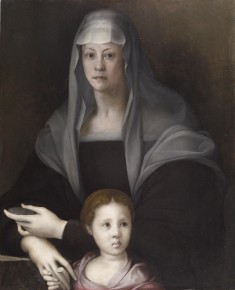

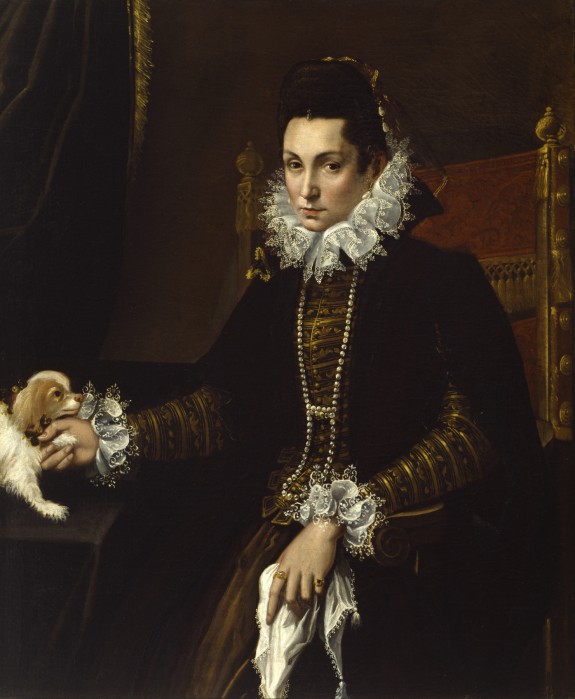
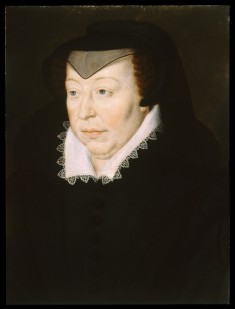
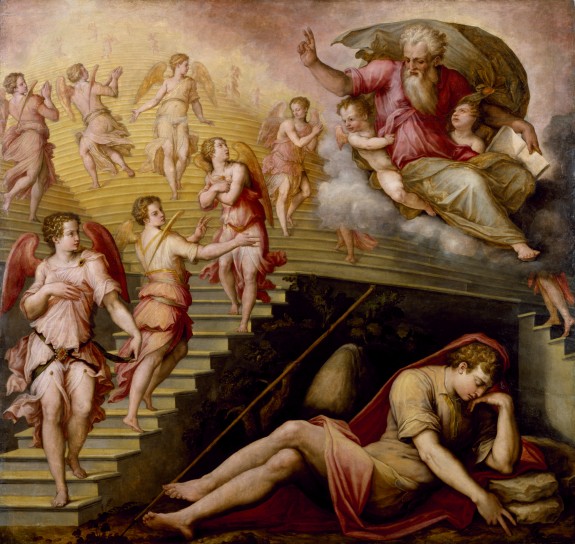
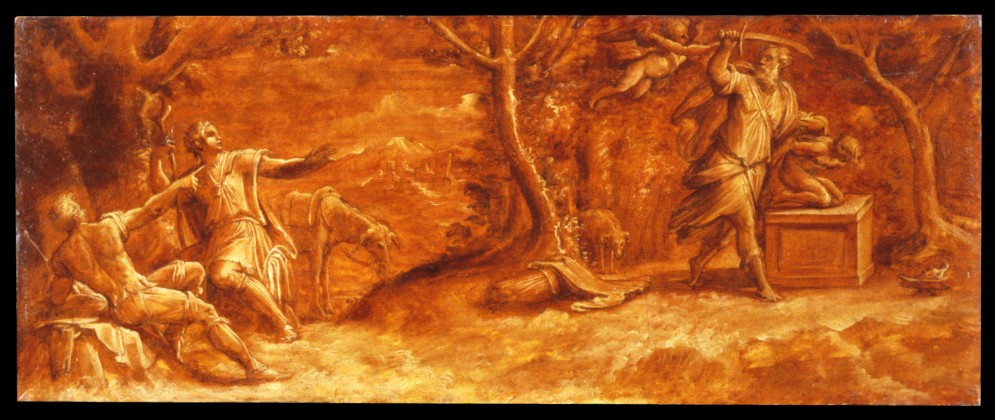
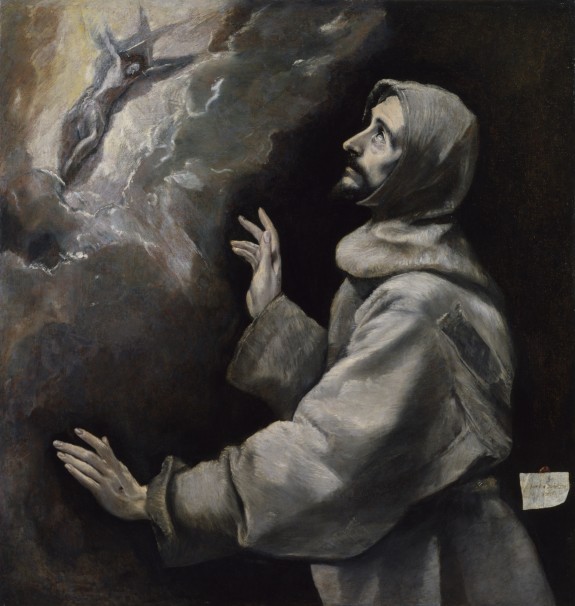
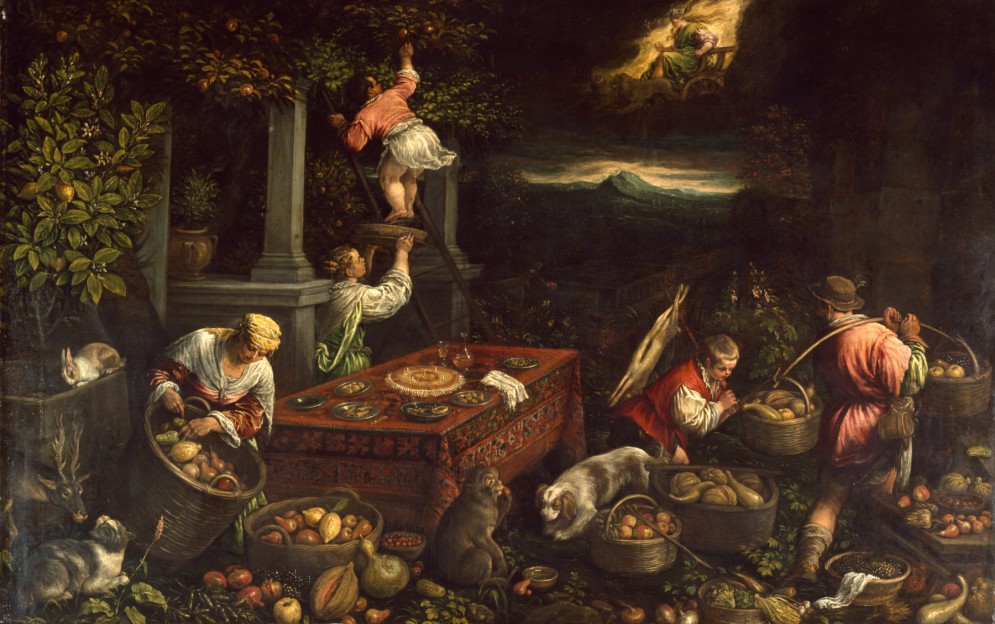
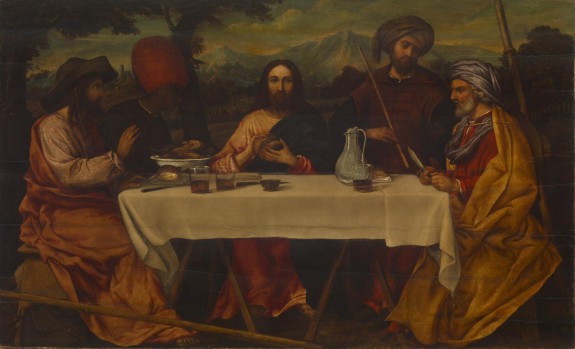
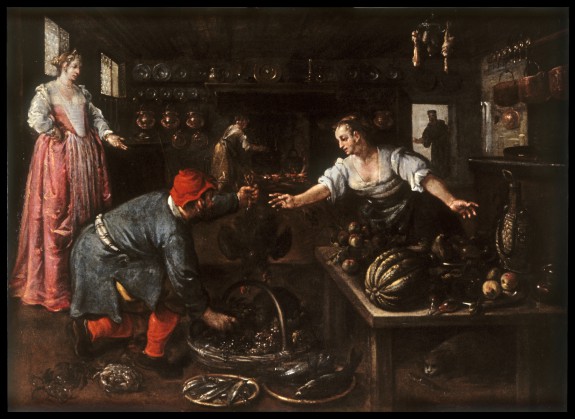
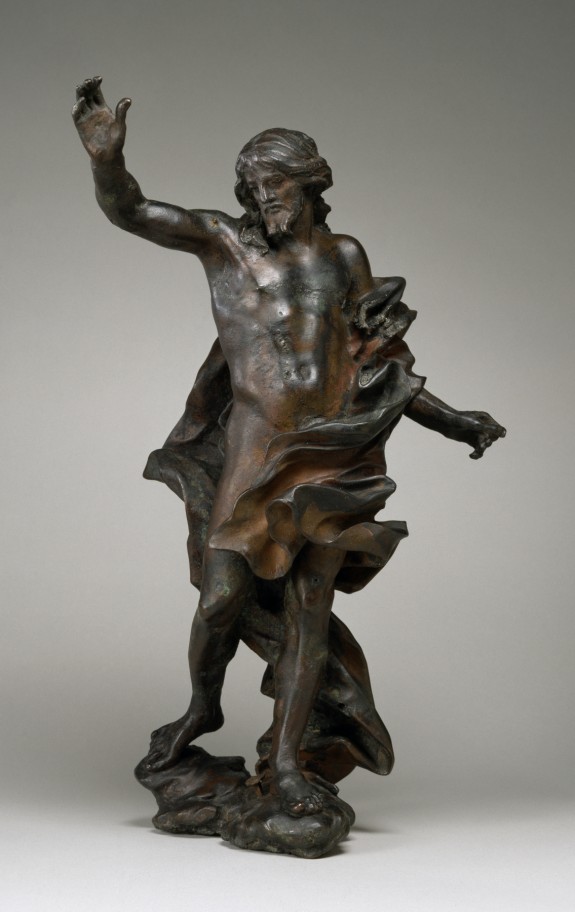

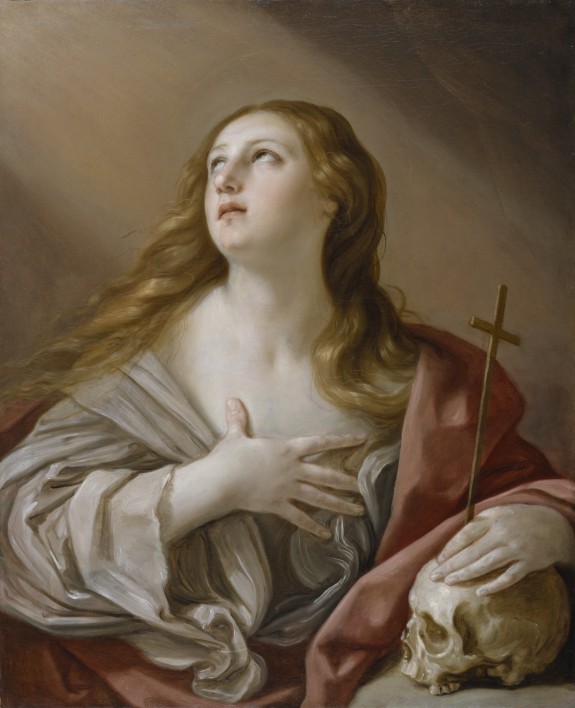
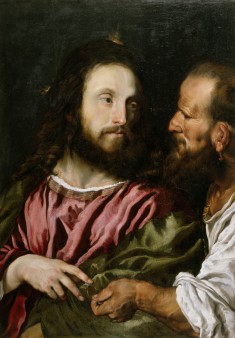
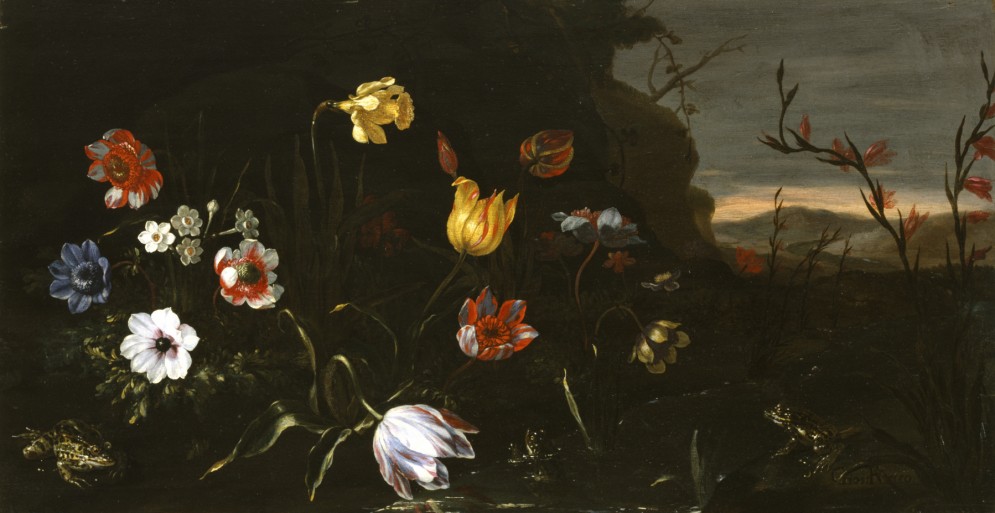
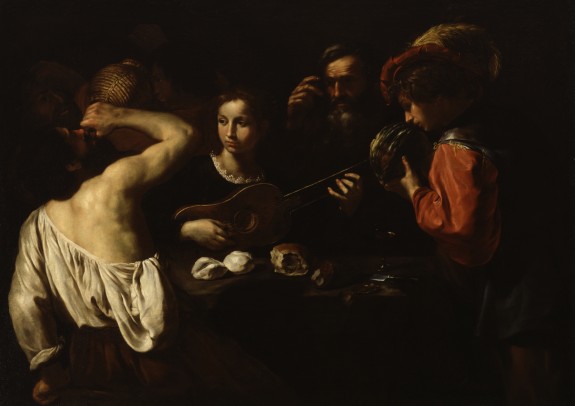
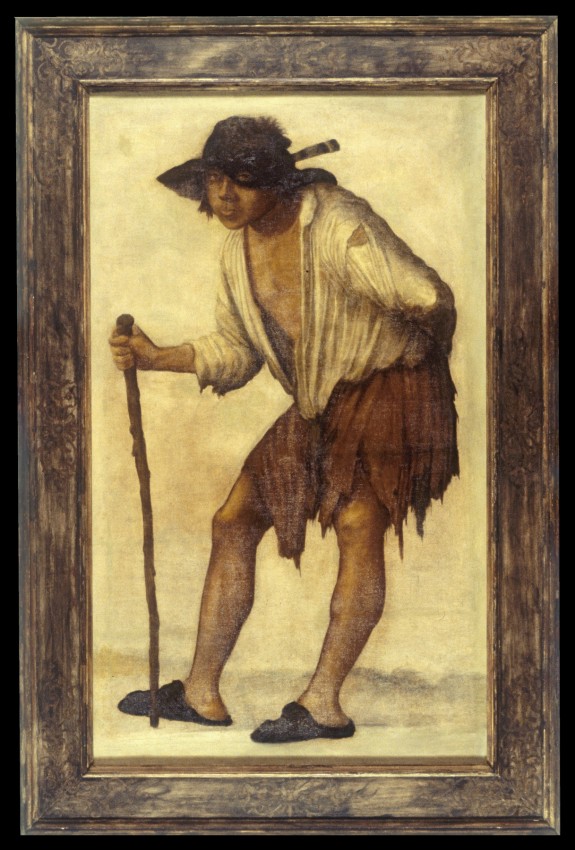
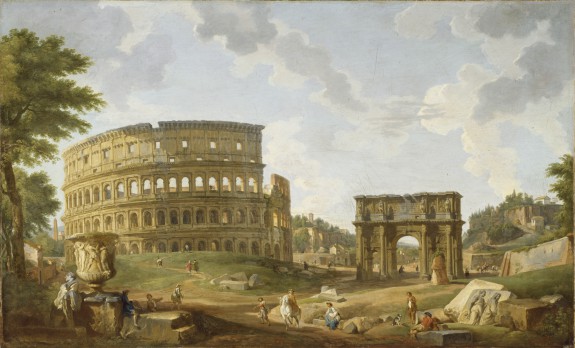

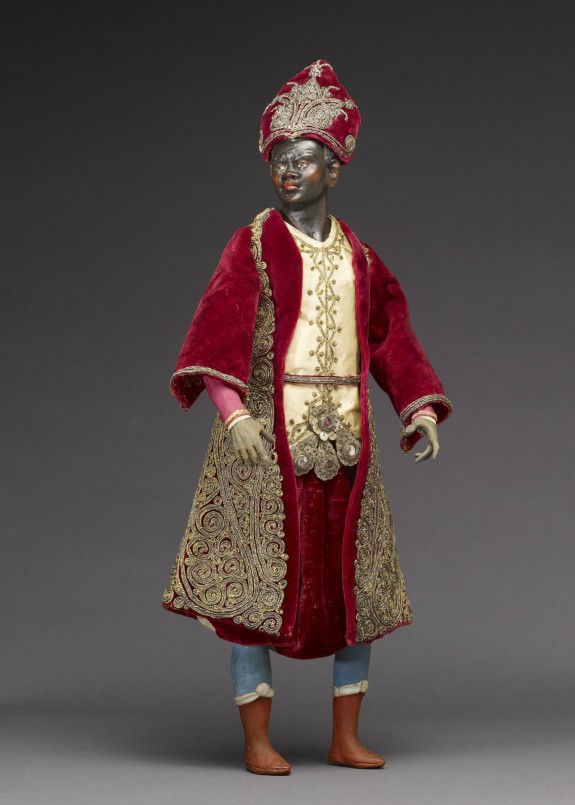
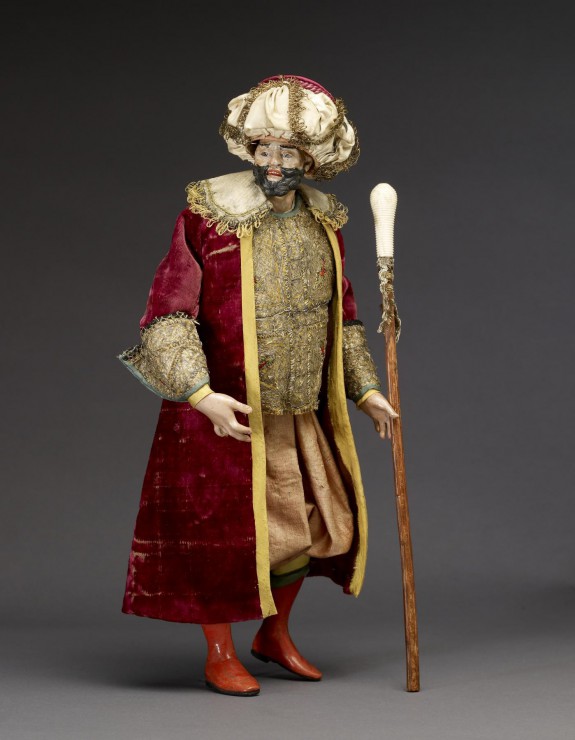
No comments:
Post a Comment